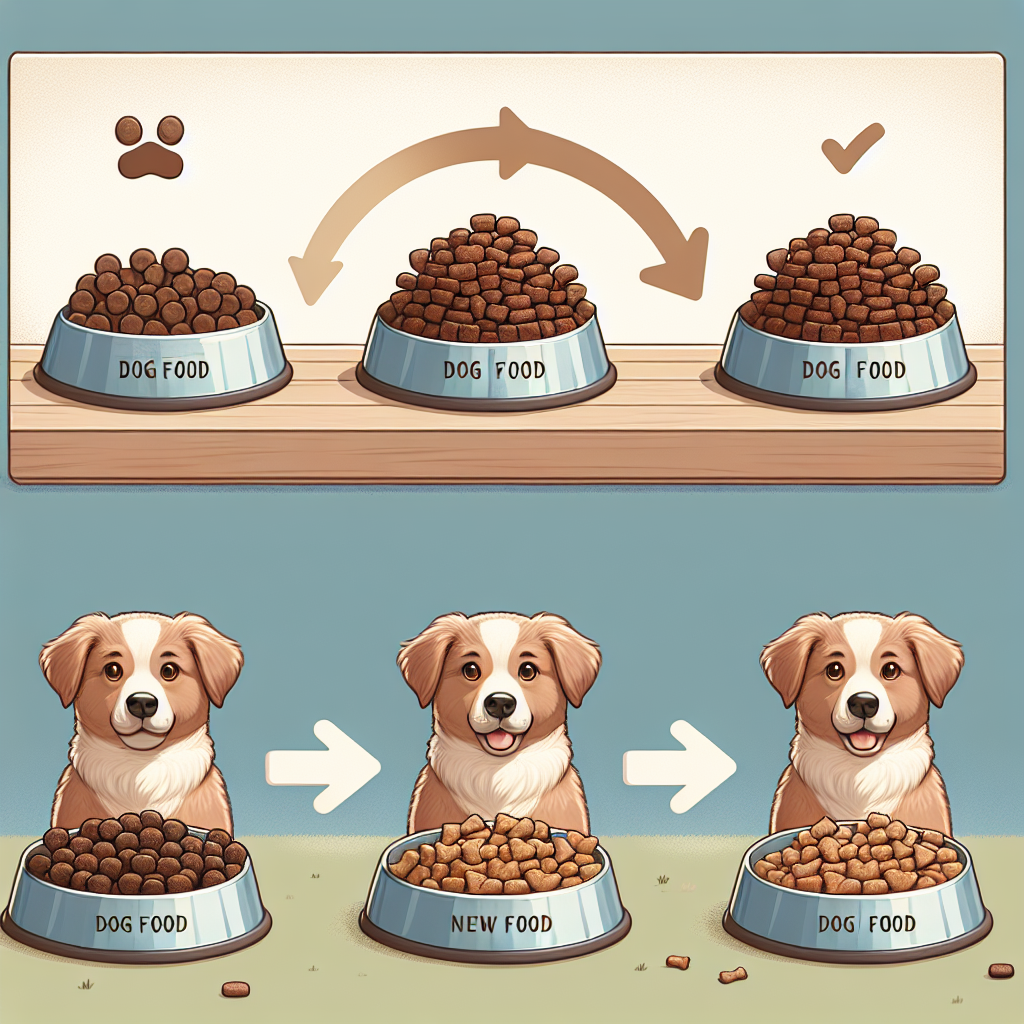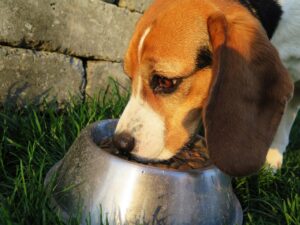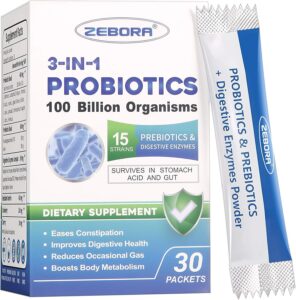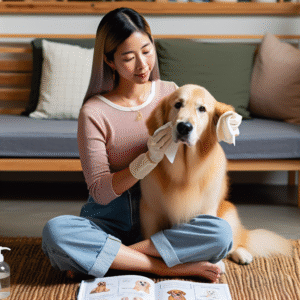
Transitioning your dog’s food is an essential task that requires careful planning and execution. Whether you’re changing brands, switching from puppy to adult food, or addressing a specific health concern, the transition must be done safely and gradually to avoid gastrointestinal upset. This article will provide you with comprehensive tips and insights to ensure that the transition process is smooth and beneficial for your furry friend.
Understanding the Need for Transition
Changing your dog’s diet may be necessary for several reasons, including age, health issues, or simply wanting to provide a more nutritionally balanced diet. Each scenario requires its own considerations:
Age-Related Changes
As dogs grow, their nutritional needs change. Puppies require different nutrients compared to adults, and senior dogs may need food that supports joint health and reduced calorie intake.
Health Concerns
Some dogs may require a diet change due to allergies, intolerances, or medical conditions like kidney disease or obesity. In such cases, a veterinarian-recommended diet is crucial.
Enhancing Nutritional Quality
Pet owners may opt to switch foods to provide their dogs with higher-quality ingredients or a more balanced diet, as awareness of pet nutrition increases.
The Importance of a Gradual Transition
Dogs have sensitive stomachs, and a sudden change in diet can lead to digestive issues like vomiting, diarrhea, or loss of appetite. A gradual transition allows your dog’s digestive system to adjust to the new ingredients and nutrients.
The 7-10 Day Rule
A common guideline for transitioning dog food is the 7-10 day rule. This involves slowly mixing the new food with the old food, gradually increasing the amount of new food while decreasing the old over a period of 7 to 10 days. Here’s a suggested schedule:
– Day 1-2: Mix 25% new food with 75% old food.
– Day 3-4: Mix 50% new food with 50% old food.
– Day 5-6: Mix 75% new food with 25% old food.
– Day 7-10: Serve 100% new food.
Observing Your Dog’s Reaction
During the transition, it’s crucial to monitor your dog for any signs of digestive distress or allergic reactions. Look out for symptoms such as:
Gastrointestinal Signs
Watch for any changes in stool consistency, frequency of bowel movements, or signs of discomfort like bloating or gas. Mild changes are normal, but persistent diarrhea or vomiting warrants a consultation with your veterinarian.
Changes in Appetite
If your dog shows a decreased appetite or reluctance to eat the new food, it may be a sign of a poor transition. Ensure the new food is appealing and introduced gradually.
Allergic Reactions
Look for signs of allergies such as itching, redness, or ear infections. If these occur, it’s important to consult your vet to determine if the new food is the cause.
Consulting with Your Veterinarian
Before making any changes to your dog’s diet, it’s always advisable to consult with your veterinarian, especially if the change is due to health concerns. A vet can provide personalized recommendations based on your dog’s specific needs and health status.
Choosing the Right Food
Your vet can guide you in selecting a food that meets your dog’s nutritional requirements, considering factors such as age, breed, weight, and medical history.
Addressing Health Issues
If your dog has a medical condition, your vet may recommend a prescription diet specifically formulated to manage that condition. These diets often require a different transition strategy.
Tips for a Successful Transition
Here are some additional tips to ensure a smooth transition process:
Maintain Consistency
Feed your dog at the same time each day to establish a routine. This helps in monitoring how your dog reacts to the new food.
Introduce New Flavors Gradually
If the new food has a different flavor or texture, introducing it gradually helps your dog get accustomed to the change without overwhelming their palate.
Incorporate Wet Food
Mixing a small amount of wet food or a tasty topper with the new kibble can make the transition more appealing, especially for picky eaters.
Patience is Key
Every dog is different, and some may take longer to adjust than others. Be patient and allow your dog the time they need to adapt to the new diet.
Conclusion
Switching your dog’s food is a significant step that requires careful planning and consideration. By understanding the reasons for the change, following a gradual transition plan, and consulting with your veterinarian, you can ensure a smooth and successful dietary shift for your dog. Remember, any changes in diet should prioritize your dog’s health and well-being, making the transition a positive experience for both you and your furry companion.
Additional Resources
– Veterinary Partner for expert advice on pet health and nutrition.
– Pet Food Industry for insights into pet nutrition trends and developments.
– PetSmart for a wide selection of pet foods and transition products.
References
– PetMD. “How to Change Your Dog’s Food.” Retrieved from PetMD.
– American Kennel Club. “How to Switch Dog Food Safely.” Retrieved from AKC.
#ChatGPT assisted in the creation of this article.















